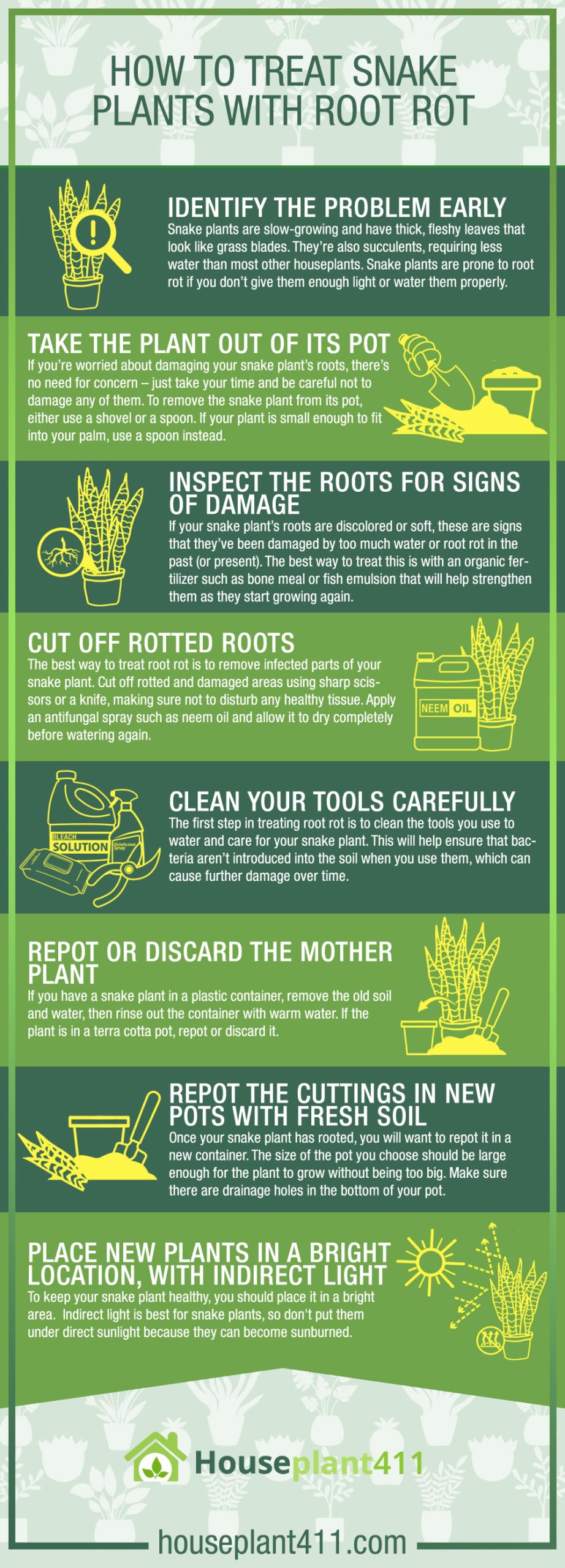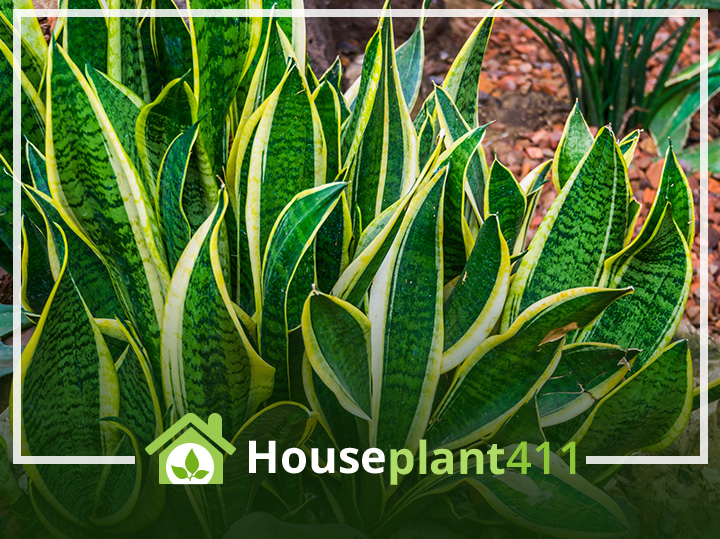If you have a Haworthia or Sansevieria plant, you know how easy it is to take care of. They don’t need much sunlight, water, or fertilizer. But one thing that can threaten your beloved snake plant is root rot. Luckily, there are things you can do to prevent this from happening—and also make sure that if it does happen, you’ll be able to treat the problem quickly and easily!
Identify The Problem Early.
Snake plants are slow-growing and have thick, fleshy leaves that look like grass blades. They’re also succulents, requiring less water than most other houseplants. Snake plants are prone to root rot if you don’t give them enough light or water them properly.
Take The Plant Out of Its Pot.
If you’re worried about damaging your snake plant’s roots, there’s no need for concern – just take your time and be careful not to damage any of them. To remove the snake plant from its pot, either use a shovel or a spoon. If your plant is small enough to fit into your palm, use a spoon instead.
Inspect The Roots for Signs of Damage.
If your snake plant’s roots are discolored or soft, these are signs that they’ve been damaged by too much water or root rot in the past (or present). The best way to treat this is with an organic fertilizer such as bone meal or fish emulsion that will help strengthen them as they start growing again.
Cut Off Rotted Roots.
The best way to treat root rot is to remove infected parts of your snake plant. Cut off rotted and damaged areas using sharp scissors or a knife, making sure not to disturb any healthy tissue. Apply an antifungal spray such as neem oil and allow it to dry completely before watering again.
Clean Your Tools Carefully.
The first step in treating root rot is to clean the tools you use to water and care for your snake plant. This will help ensure that bacteria aren’t introduced into the soil when you use them, which can cause further damage over time.
- Wash your tools in a bleach solution: Use 1/4 cup of bleach per gallon of water to disinfect your tools. Soak for 10 minutes and then rinse with fresh water.
- Use a disinfectant spray: Spray the surface of each tool with an antibacterial spray like Lysol or Pure Clean Disinfectant Spray (which contains triclosan). Let dry before using again.
- Use a disinfectant wipe: Wipe down all surfaces of each tool with an antibacterial wipe such as Clorox Disinfecting Wipes (which also contain triclosan). Let dry before using again, or store inside paper bags made from recycled newspaper!
Repot Or Discard the Mother Plant.
If you have a snake plant in a plastic container, remove the old soil and water, then rinse out the container with warm water. If the plant is in a terra cotta pot, repot or discard it.
Moreover, if there’s room for more than one snake plant, transfer them all into fresh pots filled with fresh soil mixtures.
Repot The Cuttings in New Pots with Fresh Soil.
Once your snake plant has rooted, you will want to repot it in a new container. The size of the pot you choose should be large enough for the plant to grow without being too big. Make sure there are drainage holes in the bottom of your pot.
Place New Plants in A Bright Location, With Indirect Light.
To keep your snake plant healthy, you should place it in a bright area. Indirect light is best for snake plants, so don’t put them under direct sunlight because they can become sunburned. Don’t put your snake plant near drafts or heat/cooling vents, these things will mess up its natural growth pattern and cause root rot.

If you love your snake plant, take good care of it!
If you love your snake plant and want to keep it healthy for a long time, follow these simple tips:
- Keep the soil moist, but not soggy.
- Water from the top of the pot (never from underneath).
- Don’t overwater or underwater your snake plant. If you notice brown spots on your leaf tips, it’s probably because of overwatering at some point in its life—but don’t worry! It’ll bounce back once you start taking better care of it again!
Snake plants are one of the most popular houseplants and for a good reason. Their long leaves make them easy to care for, and their low maintenance means you can enjoy them in any room of your home. If you start to notice brown spots on the leaves or other signs of root rot, you must act quickly.

